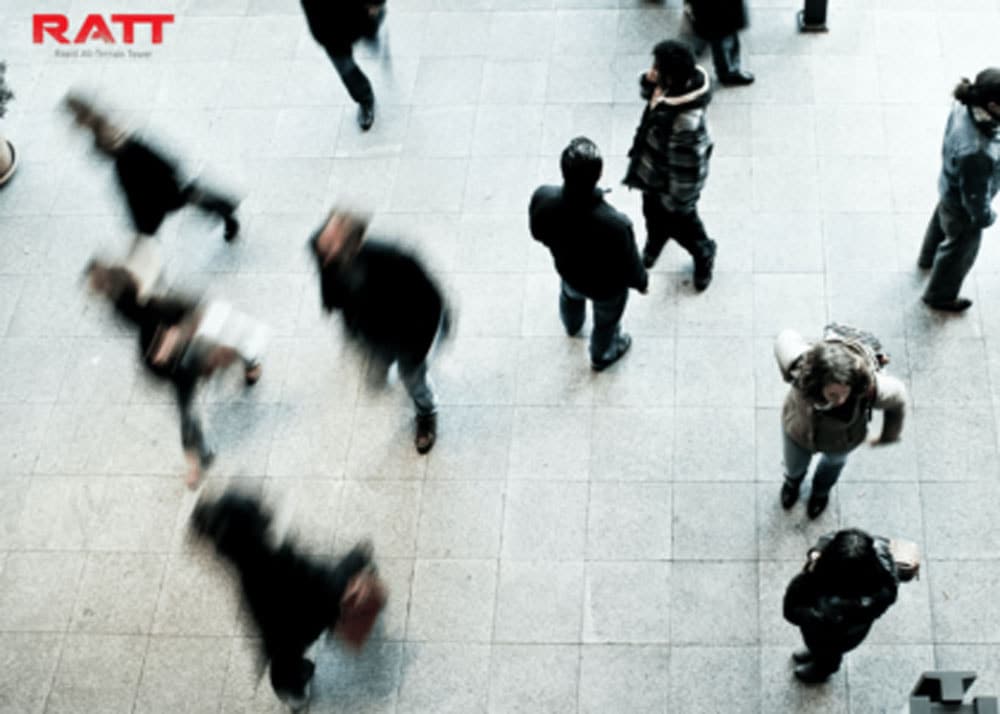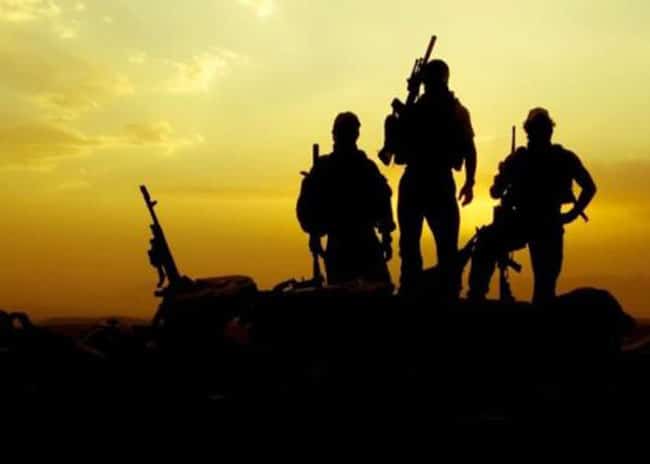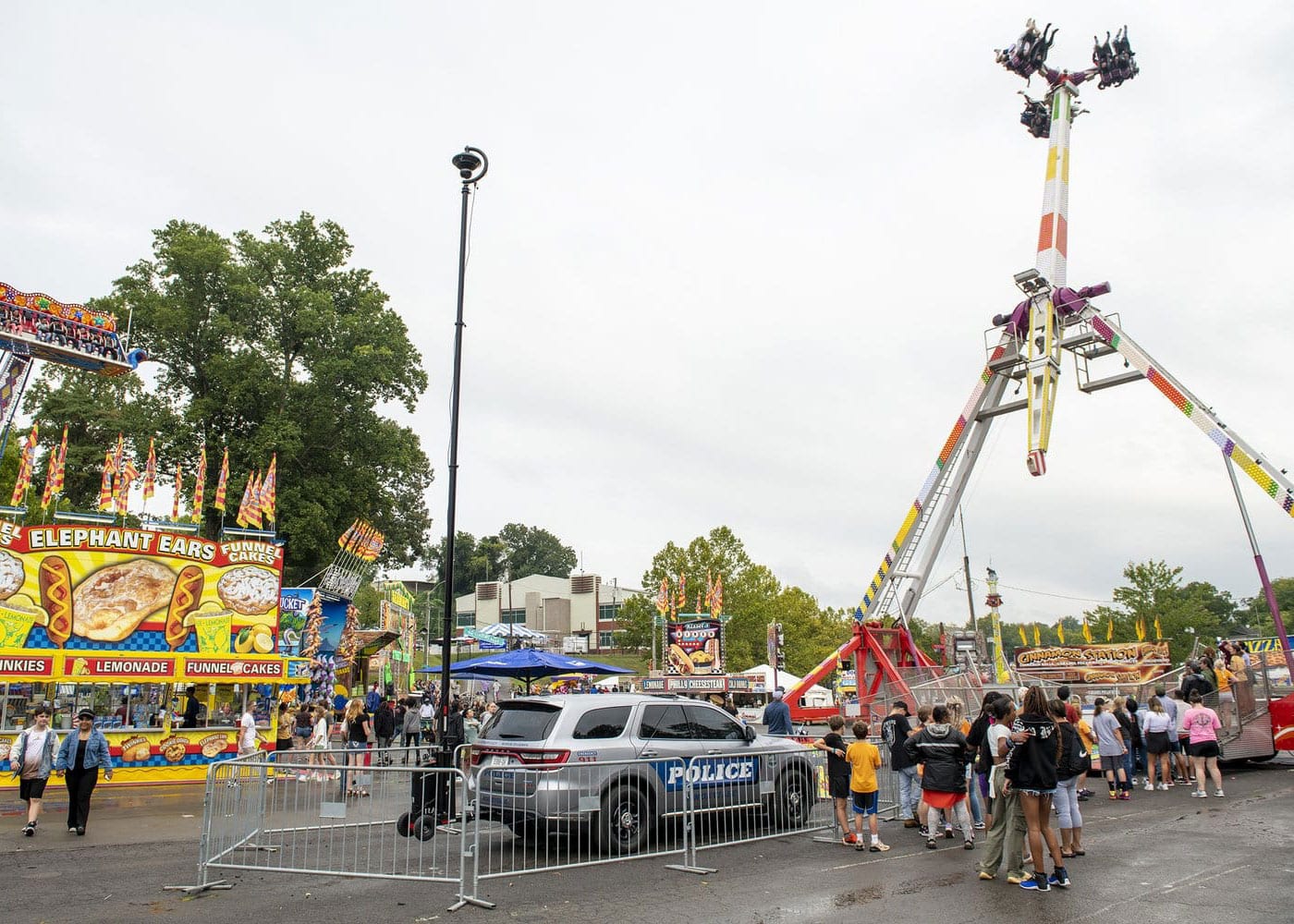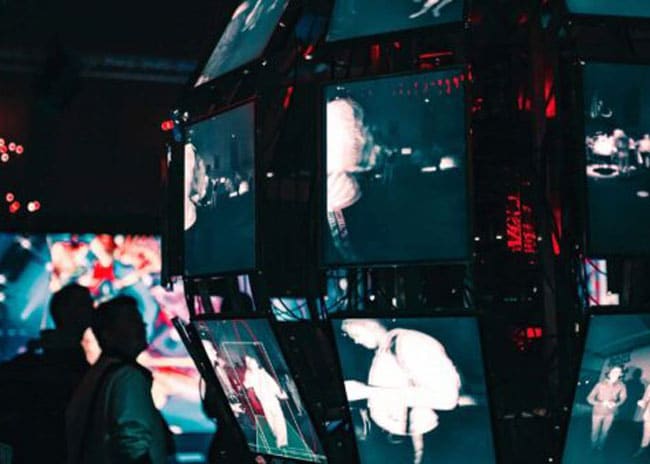A Guide to Security Camera Field of View (FOV)
One of the most important things to understand when planning a surveillance system is camera field of view. The FOV is the area viewed through the lens of a security camera, which determines how much space the camera can monitor and with what level of detail.
Choosing the right FOV is not only about coverage. It directly affects clarity, blind spots, and overall system effectiveness. Understanding how FOV works helps you get the most out of advanced solutions such as mobile surveillance towers and IP cameras, ensuring they deliver the best possible coverage and clarity.
Why Camera Field of View Matters for Surveillance Effectiveness
A camera’s FOV affects every aspect of surveillance, from crowd monitoring to property protection.
- Wide FOV = more coverage, less detail
- Narrow FOV = less coverage, more detail
According to the Bureau of Justice Statistics, about 47% of U.S. law enforcement agencies had acquired body-worn cameras by 2016. The widespread adoption of video technology highlights how vital clear and reliable footage has become for security operations. Even with quality equipment, however, poor camera field of view settings can limit visibility, create blind spots, or capture footage too distorted to be useful in investigations.
A wide camera FOV can take in an entire parking lot, while a narrow FOV is better used to capture license plates or facial identification. Both are valuable, but both must be placed in the right environment. This is all part of the general planning that goes into enabling a video surveillance system to function.
Wide-Angle vs. Narrow-Angle FOV: Key Differences
Wide-Angle FOV
- Covers larger areas
- Best for open spaces like stadiums or campuses
- Works well when paired with light towers for nighttime coverage
- Less effective for capturing small details
Narrow-Angle FOV
- Focuses on specific points of interest
- Ideal for entrances, gates, or checkpoints
- Performs well when mounted on telescopic masts to extend reach
- Requires more cameras to achieve full coverage
Standard FOV Ranges and What They Mean
Understanding standard camera field of view angles helps in selecting the right lens for the environment:
- Ultra-Wide (90–120°) – Best for shooting crowds or open areas, but might introduce distortion or lose detail.
- Standard (60–80°) – Offers a good balance between coverage and detail, and is widely used in general surveillance systems.
- Telephoto/Narrow (30–60°) – High detail capture, best for doorways and corridors, but not very good at covering space.
Fixed vs. Varifocal Lenses: How They Affect FOV
Lens type also plays an important role.
- Fixed lenses provide a single, unchanging angle. They are cost-effective for predictable surveillance needs.
- Varifocal lenses allow the FOV to be adjusted, so users can zoom or widen coverage as needed. Although more expensive, they reduce the number of cameras needed for complex installations.
How Focal Length Impacts Field of View
The focal length, or the distance between the lens and the image sensor, determines how much a camera can see.
- Short focal length = wider view
- Long focal length = narrower, zoomed-in view
For example, a 2.8mm lens will capture an entire parking lot, while a 12mm lens is better suited to capture details at an entrance.
The Role of Sensor Size in Determining FOV
A camera’s sensor size also affects both what it can capture and how it will perform under different lighting conditions. Larger sensors capture more light and detail, which helps to enhance image clarity—especially at night or in shadowed areas. Well-chosen sensors, lenses, and camera settings can make a noticeable difference in real-world results when paired together.
A study funded by the U.S. Department of Justice looked at 40 years of research on CCTV surveillance and found that cameras can help lower crime when they are used the right way. The review showed an average 13% drop in crime, with the biggest impact in parking lots and residential areas where cameras were actively monitored. These results show why proper placement, frequent checking, and the right equipment, like rugged accessories, are important for keeping surveillance systems functioning at their best.
Choosing the Right FOV for Different Applications
Security challenges vary in every location. No single camera field of view is applicable to every situation, as each location is unique. The ultimate aim is for there to be a match between the FOV, area size, level of detail required, and lighting conditions. The selection of the appropriate setup ensures clear video, reduces the probability of blind spots, and balances the coverage of diverse environments.
- Wide-angle coverage: Perfect for parking lots, large campuses, and open regions where it is more valuable to see the overall area than to focus on small details. These cameras capture wide scenes and help security staff monitor movement or crowd movement from a single location.
- Narrow FOVs: Provide more detail, so they are optimally used at gates, doors, and check-points where faces must be identified or license plates must be read. They zoom in tightly on smaller areas and are especially useful in high-security locations.
- Blended configurations: Combine wide and narrow angles to deliver the best solution for the majority of organizations. Using multiple FOVs ensures that both overall activity and subtle details are monitored by the same system, giving operators a clearer idea of what’s happening across the site.
By closely matching camera FOV to each setting, security personnel can get more from their technology, improve visibility, and respond faster to incidents.
Common Mistakes When Selecting FOV
Minor errors in the field of view setup can limit a surveillance system’s performance. Some issues are caused by the wrong selection of angle, height, or lighting, which can lead to a loss of details or poor-quality images. Familiarity with these common mistakes helps crews to create improved camera positions and have fewer, more costly changes down the line.
- Choosing too wide of a FOV: A very wide angle will distort details like license plates or faces that are critical. It is ideal for general monitoring but not when fine identification is necessary.
- Choosing too narrow: A narrow FOV may give good detail but will have large blind spots in the surrounding areas, reducing overall coverage.
- Mounting cameras at the wrong height or with poor lighting: Cameras mounted too low or with poor lighting do not capture a full scene, especially in night or unusual light situations.
- Not testing the view before installation: Testing the surveillance camera view before final installation ensures the desired coverage and clarity. Raising cameras with antenna masts or telescopic options can greatly improve both visibility and detail.
Taking the time to test and set up camera positioning before installation can do away with blind spots, improve image quality, and allow each camera in the system to perform to its full capabilities.
Integrating FOV With Other Surveillance Factors
Field of view needs to be taken into consideration alongside other design elements. Wide coverage is maximized in high-resolution cameras, with lighting features such as light towers boosting visibility in nighttime environments. Where the cameras are placed also matters, and the use of telescopic masts helps ensure that angles are maximized.
The type of camera also affects performance, with CCTV and IP cameras having different ways they handle resolution, connectivity, and recording capabilities, each of which affects how FOV translates into actual life.
Final Thoughts
Understanding what field of view is, is important to coming up with an effective surveillance strategy. The right setup, whether a wide-angle lens or tight focus, can be the difference between usable evidence and a lost opportunity.
When combined with dependable solutions like IP cameras, light towers, and mobile surveillance towers, security teams get clearer video, better situational awareness, and respond faster to critical incidents. Forward-thinking FOV planning makes spaces safer, more connected today and tomorrow.







